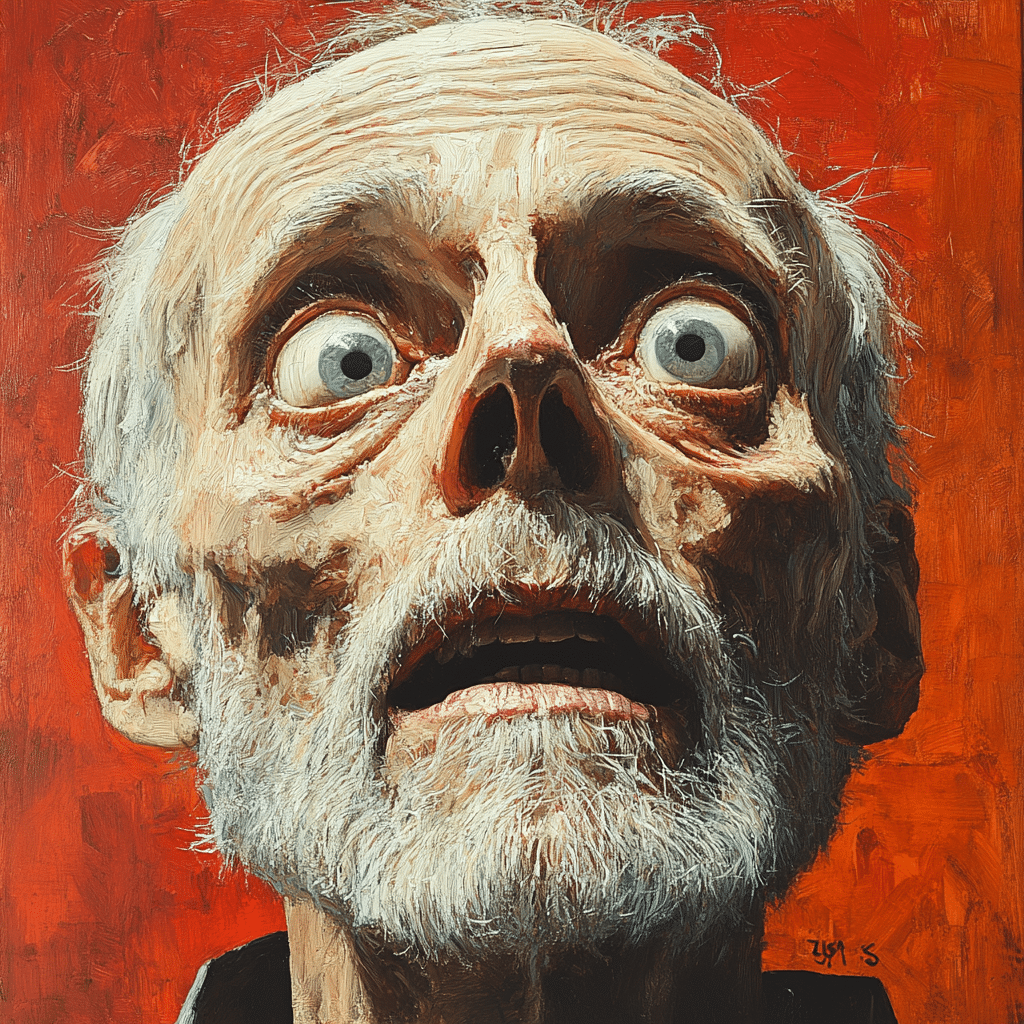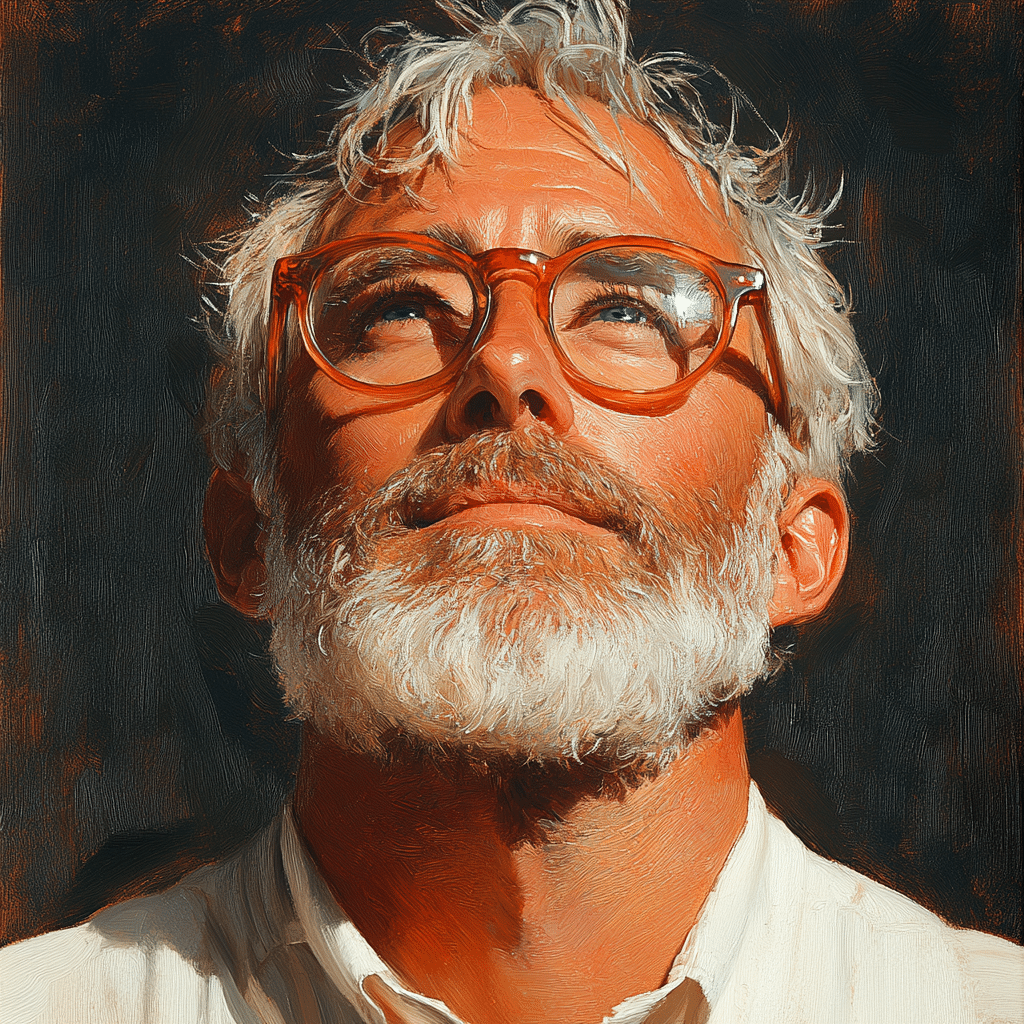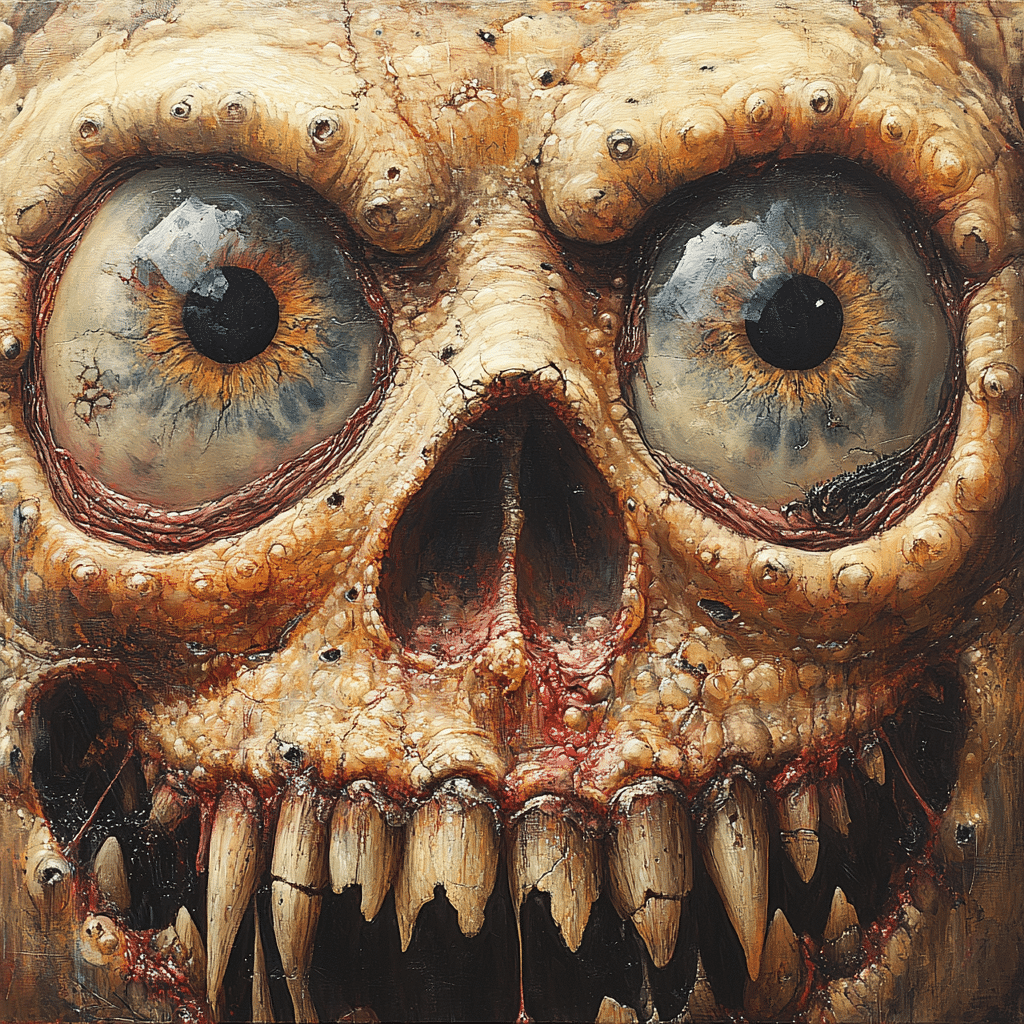
Kevin Sullivan The Genius Behind Iconic Wrestling Storylines
Throughout the mesmerizing world of professional wrestling, a handful of creative geniuses have sculpted unforgettable narratives that weave drama, intrigue, and sheer entertainment. One such talent is Kevin Sullivan, a name that resonates deeply with fans and professionals alike. Known for his knack in crafting groundbreaking storylines and developing multi-layered characters, Sullivan has left an indelible mark on the sport’s narrative evolution. In this exploration, we delve into seven iconic storylines crafted by Kevin Sullivan, illustrating his unparalleled genius that has shaped the landscape of wrestling as we know it today.

7 Iconic Wrestling Storylines Crafted by Kevin Sullivan
1. The Dungeon of Doom
When it comes to storytelling in wrestling, Sullivan’s brainchild, the Dungeon of Doom, is hard to overlook. Formed during his reign in WCW, this sinister faction included big names like The Giant and Meng. Together, they formed a formidable force aimed at taking down none other than Hulk Hogan. The storyline blended campy horror elements with riveting drama, capturing the viewers’ imaginations. It was a quest steeped in supernatural themes and left fans glued to their screens, eager to see how Hogan would overcome this fresh threat.
2. The Fiendish Fear of the Taskmaster
Transforming into The Taskmaster, Kevin Sullivan brought psychological warfare into the ring in an unprecedented way. Unlike traditional wrestlers, he didn’t just deliver punishing blows; he exploited the mental weaknesses of his opponents through crafty mind games. This approach not only made his feuds incredibly compelling—especially with Chris Benoit and Rey Mysterio Jr.—but it also set the stage for modern heel tactics that continue to influence storytellers today. Sullivan’s innovative methods helped forge a new path in wrestling narratives where psychological depth triumphed over simple rivalry.
3. Benoit and Nancy Sullivan: His Darkest Storyline
Sullivan wrote one of the most haunting narratives in wrestling history: the conflicts with Chris Benoit over Nancy Sullivan, his then-wife. This storyline was raw and real, teetering on the edge of reality and fiction. It captivated audiences, as it underscored themes of jealousy and betrayal, but it also brought the darker aspects of wrestling into the limelight. This controversial arc instigated discussions about ethics in storytelling and remains one of the most talked-about angles in wrestling conversations today. While uncomfortable, it highlighted the emotional stakes that live action rugby often overlooks.
4. The Original “Montreal Screwjob”
Before the infamous 1997 Montreal Screwjob, Sullivan executed a similar screwjob angle in 1996 that involved a gritty confrontation with Dusty Rhodes. Using real-life tensions as fertile ground, Sullivan deftly incorporated elements of realism into the storyline, blurring the lines of kayfabe. His innovative use of backstage drama not only kept fans on their toes but also reshaped how wrestling promotions can weave reality into storylines. This approach has become a blueprint for others, inspiring future angles that leverage the real lives of wrestlers to enhance storytelling.
5. The Rise of the New World Order
While Eric Bischoff often gets credit for the emergence of the nWo, Kevin Sullivan played a pivotal role in the concept’s genesis. The faction transformed WCW’s approach to storytelling by creating a complex landscape where the lines blurred between faces and heels. This shift gave rise to a new kind of wrestling where audiences could empathize with diverse characters—something they hadn’t seen before. Sullivan’s insight allowed fans to feel like they were part of a community, experiencing real-life drama with their favorite wrestlers.
6. The Story of the Yeti
Not every Sullivan storyline hit the mark, and one such memorable attempt was the introduction of The Yeti in 1995. This character was a bold display of audacity that embodied supernatural elements, diverging from traditional wrestling personas. Though critics noted its campiness, it showcased Sullivan’s willingness to push the limits of creativity. This audacity not only entertained but also encouraged audiences to appreciate the over-the-top nature of wrestling and fueled discussions about character diversity within the sport.
7. The Golden Age: Sullivan and Patrick Dempsey
In an unexpected crossover, Kevin Sullivan connected with Hollywood, working alongside actors such as Patrick Dempsey. This collaboration allowed Sullivan to explore techniques used in cinematic storytelling, influencing his approach to character development in wrestling. By borrowing elements from film, he brought a new richness to wrestling narratives, illustrating how his experiences in the entertainment industry shaped his storytelling prowess. While Dempsey’s rise in television and film was separate from wrestling, Sullivan’s insights paved the way for more nuanced character portrayals across both fields.

The Legacy of Kevin Sullivan in Modern Wrestling
The legacy of Kevin Sullivan is profound; his innovative storytelling has not only forged memorable eras in wrestling but has redefined the way narratives are crafted. He understood the essence of drama and character evolution, allowing modern promotions like WWE and AEW to draw inspiration from his work. Today’s wrestlers weave together personal stories with larger-than-life personas, a practice that echoes Sullivan’s fundamental contributions to wrestling narratives.
With a masterful finesse, Sullivan has crafted a lasting impact on the wrestling landscape. His narratives beautifully marry myth with reality, presenting drama that resonates on a personal level with the audience. Sullivan’s genius lies not just in the plots and rivalries he devised but in the deep emotional connections he cultivated. As modern wrestling continues to evolve, Kevin Sullivan’s insights into character and storytelling remain a guiding light for a new generation, ensuring that wrestling narratives prioritize depth and meaning over sheer spectacle.
In conclusion, Kevin Sullivan stands as a visionary in wrestling, a true architect of unforgettable storylines that continue to resonate today. From the Dungeon of Doom to collaborations with Hollywood figures like Patrick Dempsey, his creative endeavors have paved the way for new approaches in wrestling storytelling. Just like a gripping film, Sullivan’s narratives keep fans invested, turning simple matches into emotionally charged experiences.
As audiences continue to seek out the rich layers of character and storyline in wrestling, one can only hope that the industry remembers the lessons taught by legends like Kevin Sullivan. After all, in the complex tapestry of entertainment, it’s those who truly understand character and story that leave the most lasting impact.
Kevin Sullivan: The Genius Behind Iconic Wrestling Storylines
Kevin Sullivan isn’t just a name in wrestling; he’s a legend whose creative genius has shaped some of the most captivating storylines in the industry. Did you know he was instrumental in the rise of several iconic factions in wrestling? Sullivan crafted notorious teams like the Dungeon of Doom, which not only entertained fans but also solidified the theatrical nature of wrestling. Like the atmospheric vibe of Havana Bleu, Sullivan’s storylines often contained rich layers that drew viewers into a world of drama and intrigue.
Behind the Curtain of Dramatic Storylines
One fun fact about Kevin Sullivan is that he often drew on his history in psychology to shape characters and narratives. This background allowed him to create complex personas that resonated with fans, much like how actors like Neil Brown Jr.( bring depth to their roles. Sullivan was a firm believer that wrestling should be as gripping as any film, which is why his angles often showcased intense rivalries that felt almost cinematic.
Sullivan also ventured into the horror genre with the promotion of Witchfire, which showcased how theatrical elements could enhance wrestling’s storytelling aspect. That kind of creativity reminds us of emerging indie stars like Suzanna Son, who take bold risks to switch up the game. Fans of the spooky side will appreciate the blend of shock and drama, echoing themes often explored in today’s indie films.
The Business Side of Creativity
Apart from his storytelling flourishes, Kevin Sullivan navigated the business side of wrestling with equal finesse. He understood that, like a Mortgage Note, storytelling in wrestling comes with invested equity—fans expect returns in the form of emotional engagement. It’s intriguing to think about how Sullivan’s strategies continue to inspire modern wrestlers and promoters when building their legacies. As the industry prowls forward, understanding the nuances of character development will always be key.
So, whether you’re digging into a thrilling Christmas Carol movie or catching a glimpse of fierce competitions reminiscent of Jjk toji, remember that the artistry behind wrestling—much like that in indie films—is a testament to the genius of people like Kevin Sullivan. His thoughtfully crafted storylines are a treasure trove of entertainment that will always keep us coming back for more.










